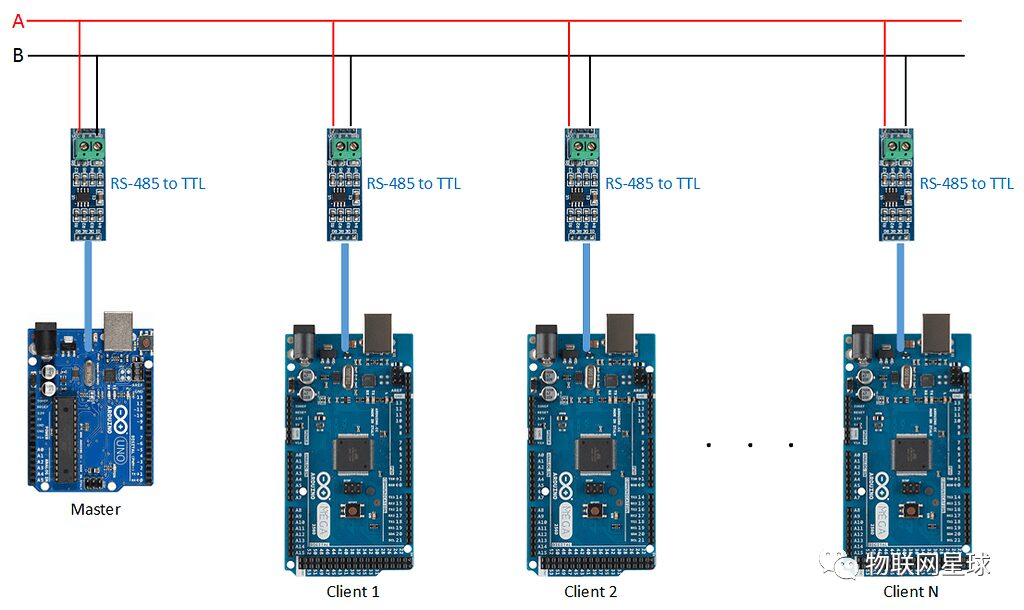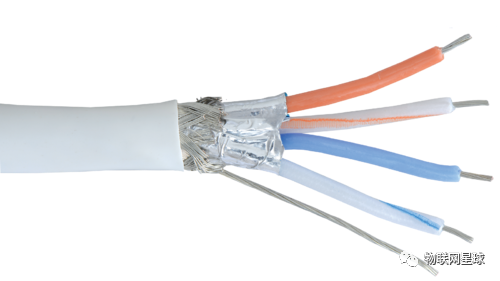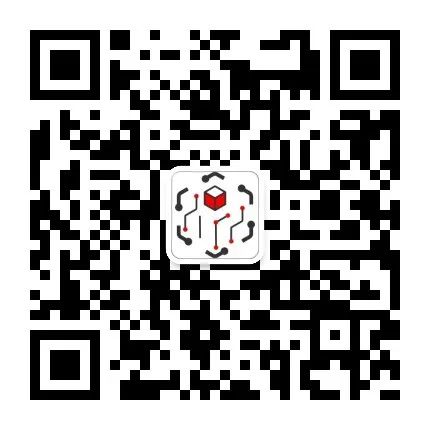Follow the IoT Planet to track the latest developments in the Internet of Things! “IoT Planet” focuses on sharing technologies and applications related to the Internet of Things.


In the Internet of Things, communication lines are used to transmit data, signals, and power to establish communication links between devices.
Common communication lines include USB cables, signal cables, RS485, RS232, Ethernet cables, CAN, etc. Among them, USB cables are a type of digital signal transmission line that can connect computers and other peripherals, facilitating data transmission, charging, and power supply functions. Signal cables are used to transmit a single signal or specific signals, typically used to connect different modules, circuits, or components within devices, transmitting specific signals or signal types. Meanwhile, RS485, RS232, Ethernet cables, and CAN communication lines are used for data transmission and communication between different devices, establishing long-distance communication links.
The choice and use of communication lines depend on the specific devices and application scenarios. Different communication lines have different transmission rates, distances, and power parameters, and need to be selected based on actual requirements. Additionally, the quality and reliability of communication lines directly affect the performance and stability of IoT devices, so it is essential to choose reliable and stable communication lines.

Transmission distances of different protocol communication lines
|
Communication Line |
Distance | Description |
| RS485 | 1200 meters | Two-wire system, differential signal transmission, half-duplex communication, maximum communication distance over a kilometer. |
| RS232 | 10 meters | Three-wire system, full-duplex communication, generally communication distance less than 10 meters. |
| RS422 | 1200 meters | The maximum transmission distance of RS-422 is about 1200 meters, with a maximum transmission rate of 10Mb/s. The length of the balanced twisted pair is inversely proportional to the transmission rate; it can only reach the maximum transmission distance at rates below 100kb/s. |
| Ethernet | 100 meters | 4-wire or 8-wire, multi-master communication, high performance, regular network cable communication distance within 100 meters. |
| CAN | 1000 meters | Two-wire system, multi-master communication, high performance, high reliability, transmitting up to 8 bytes of data at a time, communication distance over a kilometer. |
| M-Bus | 1000 meters | Two-wire system, half-duplex, a bus specifically designed for remote metering systems, with a transmission distance of up to 1000 meters. |
|
|
10 meters |
In the Internet of Things, USB communication lines are primarily used for data transmission between devices and computers or other devices. The transmission distance of USB communication lines is usually very short, generally only a few meters to tens of meters. This is because USB communication lines are designed for short-distance communication, with limitations on both transmission speed and distance. |

In the Internet of Things, if longer distance transmission is required, in addition to using wired transmission protocols, some wireless transmission protocols can also be adopted. Continue reading…

Wireless transmission protocols and distances
-
Bluetooth: The effective range of Bluetooth protocol is 50 to 100 meters, supporting data transmission rates of up to 1 Mbps. Recently, IoT developers have shown a preference for low-energy Bluetooth Low Energy (BLE) based on the Bluetooth Smart protocol. Compared to previous generations, BLE has significantly reduced power consumption, but is not suitable for large file transfers. -
Zigbee:Zigbee, based on the IEEE 802.15.4 standard, has become one of the most widely used communication protocols in embedded applications. Zigbee is used to connect devices within a range of 10-100 meters, supporting data rates of up to 250 Kbps. As a low-power, low-data-rate technology, Zigbee is very suitable for bidirectional data transmission between IoT sensors and IoT gateway devices, as well as ad hoc wireless mesh networks. Through its mesh topology, Zigbee devices can transmit data over certain distances via intermediate devices. For IoT applications requiring low-cost and low-power sensor networks in both consumer and industrial sectors, Zigbee is an excellent choice. -
LoRa:LoRa is a long-range wireless transmission solution based on spread spectrum technology, with a maximum transmission distance of several kilometers or even tens of kilometers. The LoRa protocol features low power consumption, long-distance transmission, and large network capacity, making it very suitable for IoT applications. -
Wi-Fi:Wi-Fi is designed to replace Ethernet and provides easy-to-use short-range wireless connections and cross-vendor interoperability through the IEEE 802.11 standard series. Although Wi-Fi is not a low-power technology, its transmission distance is relatively long, typically ranging from tens to hundreds of meters. -
Cellular Networks:For IoT applications that require long-distance continuous connections, cellular networks are a viable solution. Cellular networks are mobile communication networks based on GSM, LTE, EDGE, 3G, 4G, and 5G standards, providing wide coverage and data transmission rates. -
Sigfox:Sigfox is a software-based low-power wide-area network (LPWAN) protocol designed to provide a simple, low-cost, and reliable communication solution for IoT applications. Sigfox achieves long-distance transmission using ultra-narrowband technology, with a maximum transmission distance of several hundred kilometers. -
LoRaWAN:LoRaWAN is a wide-area network (LPWAN) protocol based on the LoRa protocol, designed to provide long-distance, low-power, and secure communication capabilities for IoT applications. LoRaWAN supports various data transmission rates and frequency bands, with maximum transmission distances ranging from several kilometers to tens of kilometers.



Previous Recommendations
-
List of IoT Platforms at Home and Abroad
-
What is the IoT Gateway Market Worth Trillions?
-
Applying Node-RED to IoT and Edge Computing Scenarios
-
PLC Technology in IoT: An Introductory Guide


AIoT Planet:Technical Exchange · Add as Friend
Preparing to establish an AIoT technical exchange community

Every click on View is the biggest support!